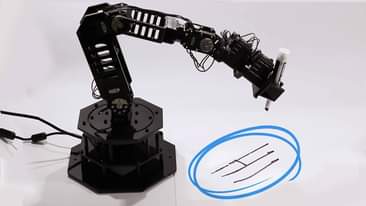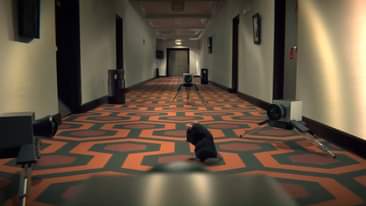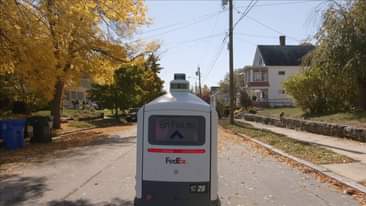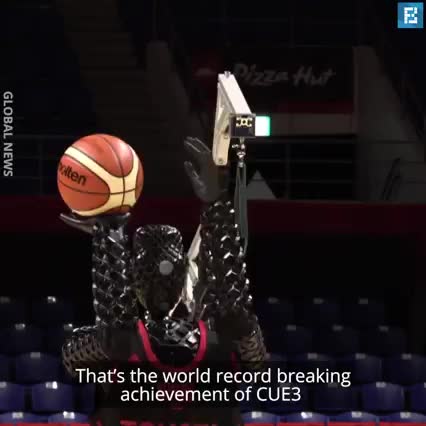This robot’s artwork sells for $13000 😮.




A Nature Methods paper reports DANNCE, which enables robust 3D tracking of animals’ limbs and other features in naturalistic environments by making use of a deep learning approach that incorporates geometric reasoning. Read the paper: https://go.nature.com/3gsk39b




An “Other” that poses an existential threat to Humanity or a collective enhancement to assure our survival?
On June 4th, 2021 leading researchers in AI, ASI and AGI will come together to discuss Collective Super-Intelligence in general and the world’s first human-mediated Artificial Super-Intelligence called Uplift in particular.

Elon Musk has made the argument that Tesla is more of an AI (artificial intelligence) and robotics company. This is another argument in the series of Musk’s insistence that Tesla is not an automotive company. He has been saying for some time now that investors should view Tesla as a group of startups. He says that Tesla’s service centres are a startup, Tesla’s insurance company is a startup, Tesla’s automation group is a startup, etc.
Musk said that eventually, Tesla is going to be as synonymous with AI and robotics as with vehicles and energy. The CEO mentioned this during a conference call about Tesla’s Q1 financial results.
Right now people think of Tesla as a car company or as an energy company. I think long term, people will think of Tesla as much as an AI robotics company as we are a car company or an energy company. I think we are developing one of the strongest hardware and software AI teams in the world.
Thank you to China for trying to surpass the USA in Ai, otherwise they’d never open the wallet to fund this AI research. AGI 2025!!
China is showcasing its advances in the field of artificial intelligence — at an annual tech-themed forum.
It is being held in the port city of Tianjin.
Super computers, rockets and robots are among the innovations on display.
The event comes just months after the United States National Security Commission said that China is on track to overtake the US as the world’s AI superpower.
Al Jazeera’s Katrina Yu reports.
- Subscribe to our channel: http://aje.io/AJSubscribe.
- Follow us on Twitter: https://twitter.com/AJEnglish.
- Find us on Facebook: https://www.facebook.com/aljazeera.
- Check our website: https://www.aljazeera.com/
#China
Aging, DNA Repair, And Clinical Innovation — Dr. Morten Scheibye-Knudsen — University of Copenhagen.
Dr. Morten Scheibye-Knudsen is an Associate Professor at the Department of Cellular and Molecular Medicine, and at the Center for Healthy Aging (CEHA), at the University of Copenhagen.
Dr. Scheibye-Knudsen did his MD at the University of Copenhagen and worked briefly as a physician in Denmark and Greenland before turning to science. He did his post-doctoral fellowship at Vilhelm Bohr’s lab at the National Institute on Aging, National Institutes of Health, USA, where he utilized state-of-the art approaches to understand how DNA damage contributes to aging, discovering that neurodegeneration in several premature aging diseases is partly caused by hyperactivation of a DNA damage responsive enzyme called polyADP-ribose polymerase 1 (PARP1). This activation leads to loss of vital metabolites such as Nicotinamide Adenine Dinucleotide (NAD+) and acetyl-CoA. Importantly, this discovery facilitated the realization that we can intervene in the aging process by inhibiting PARP1, augmenting NAD+ levels and increasing acetyl-CoA.
In his own lab Dr. Scheibye-Knudsen continues to focus on understanding aging by combining machine learning based approaches with wet-lab analyses with the goal of developing interventions for age-associated diseases and perhaps aging itself.
Dr. Scheibye-Knudsen is Chief Editor, Frontiers in Aging, and an Advisory Board Member of the Longevity Vision Fund and Molecule Protocol.